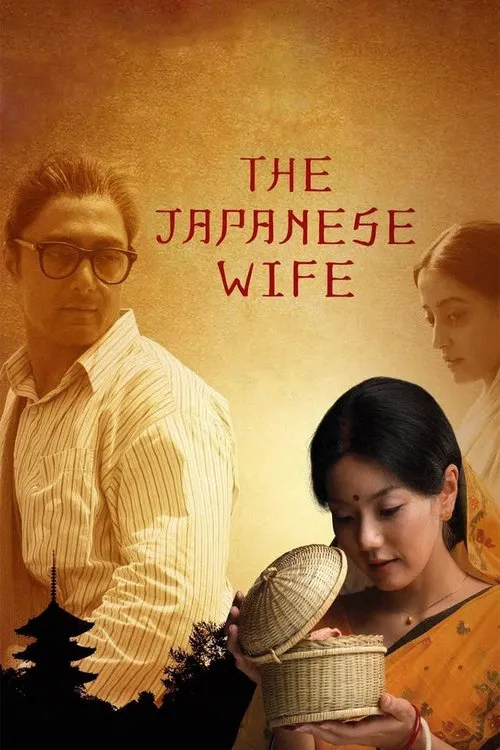The Japanese Wife

Plot
The Japanese Wife tells the poignant and tender story of Snehmoy, an Indian arithmetic teacher living in a small town in Bengal, and his extraordinary marriage to Miyage, a woman from Japan whom he has never met. Through a series of poignant letters, the two souls had exchanged vows and built a deep and abiding relationship that transcended time and distance. For fifteen long years, they had maintained a correspondence that not only brought them solace but also provided comfort in their respective lives. The bond between Snehmoy and Miyage was strong and pure, built on mutual love and understanding. Their letters were a testament to the power of human connection and the longing to be with someone despite being apart. Snehmoy's dedication to Miyage was unwavering, and he took his commitment to her very seriously, often confiding in his friends and family about his life with her. However, life had other plans for Snehmoy. One day, a young widow named Sandhya, along with her eight-year-old son Poltu, arrives in Snehmoy's life. Sandhya is a beautiful and kind-hearted woman who is struggling to cope with the loss of her husband and rebuild her life amidst grief and financial struggles. The sudden arrival of Sandhya and Poltu sets off a chain of events that shakes the foundation of Snehmoy's life and forces him to confront his true feelings and desires. As Snehmoy gets to know Sandhya and Poltu, he is drawn to the warmth and love they share. Sandhya, in turn, is touched by Snehmoy's kindness and the gentle way he cares for her son. The young widow finds solace in Snehmoy's presence, and they begin to form an inexplicable bond that transcends mere friendship. Poltu, with his innocence and vulnerability, becomes a catalyst for Snehmoy's growth and understanding of the complexities of life. As the months pass, Snehmoy finds himself caught between his commitment to Miyage and the deepening connection he shares with Sandhya and Poltu. He is torn between his duty to his letter-bridge wife and the palpable bonds he has formed with the young mother and her son. The arithmetic teacher's sense of responsibility and loyalty are tested as he grapples with the intricacies of love, duty, and morality. Through his experiences, Snehmoy discovers a new kind of love and understanding – one that is rooted in the here and now, as opposed to the letters he had exchanged with Miyage. This journey of self-discovery is not without its poignancy, as Snehmoy must confront the reality of his impossible love affair and make a choice between two worlds – the one he had imagined with Miyage and the one he is now living with Sandhya and Poltu. In the end, Snehmoy's decision is driven by his capacity for love, compassion, and understanding. As he navigates the complexities of love and family, he learns to appreciate the beauty of relationships that exist in the present, rather than living in the fantasy of a life he had created through letters. The film's exploration of the human heart and its capacity for love, forgiveness, and understanding serves as a poignant reminder of the enduring power of relationships and the complexity of human emotions.
Reviews
Recommendations



